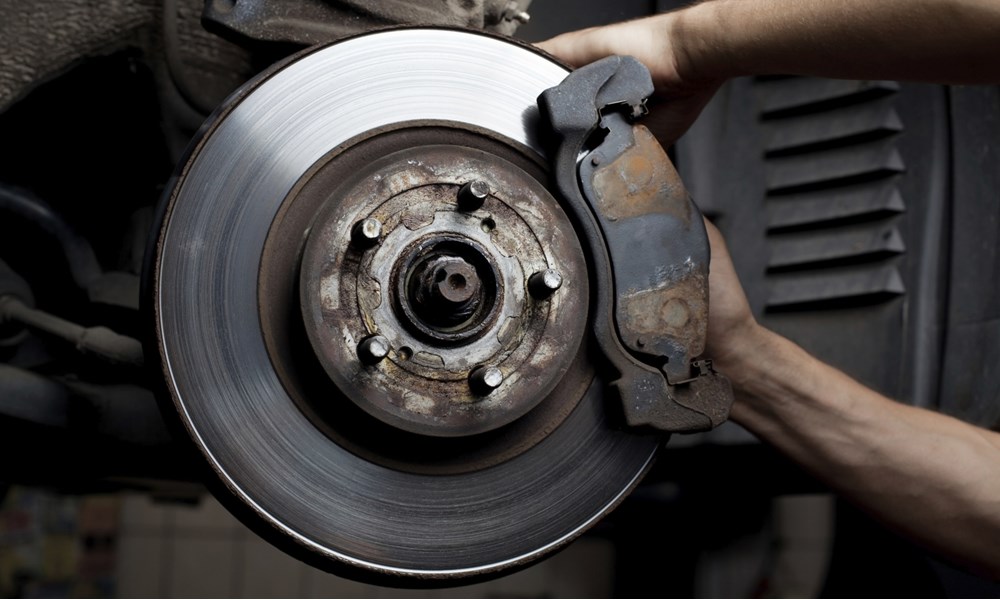One of the most interesting features that you’ll find in hybrids and EVs is that of regenerative braking. This is a system that really helps set both hybrid cars and battery electric vehicles (BEVs) apart from their internal combustion engine (ICE) counterparts.
In a regular ICE car, a lot of energy is transferred away from the vehicle when braking, mostly in the form of thermal energy. This is entirely wasted energy, which of course results in the reduction of kinetic energy in the car — aka slowing down — which can only be restored with the consumption of more fuel. For hybrids and EVs, regenerative braking changes that dynamic.
What is Regenerative Braking?
Let’s first just be clear on what we are talking about here. Regenerative braking, commonly shortened to “regen braking” is an electrified braking technology that allows a hybrid or BEV car to reclaim kinetic and mechanical energy from the action of braking and convert it into electrical energy to feed back into the battery.
With energy being fed back into the battery frequently during every journey, regen braking can, in theory at least, provide many hybrids and EVs with a much-needed boost in range. However, it is far from making hybrid or EV powertrains self-sustaining and at best only adds a handful of extra miles to one’s total range, but it has other benefits such as allowing drivers to enjoy one-pedal driving as the car handles braking when you lift your foot off the gas pedal. This also removes strain from the hydraulic system within the brakes as drivers rely on their brake pedal less and less.
How Does Regenerative Braking Work?
A hybrid or EV’s regen braking system works due to the principle of their electric motors being able to move in two directions. One direction of the electric motor is what moves the wheels of the car, but the other direction actually generates electricity. The inherent resistance of the motor action is what slows the vehicle as power is produced simultaneously. Instead of using your hydraulic friction brakes to slow the vehicle, the resistance created by the power generation process is what brings the vehicle to a halt.

The effect isn’t universal across different OEMs. You can expect some to be more aggressive and others more gentle. In Tesla cars, for instance, you were once able to adjust the settings on regen braking to make it more or less responsive. That has since been changed, however, and now the stronger setting is the norm. In the beginning, the technology could only slow cars to a point where the driver would have to activate the hydraulic brakes, but now regenerative braking has come to the point where it can bring the car to a complete stop.
Older regenerative systems only work when prompted by the pressing of the brake pedal, but as we touched on above, more modern systems make use of automatic systems programmed into the car that kick in when the driver lifts their foot from the gas pedal. This is a far more comfortable way to enjoy regen braking, especially for those who drive in heavy traffic and are sick of the constant dance jumping from one pedal to another.
What are the Benefits of Regenerative Braking?
We’ve covered some of the benefits already, but here is a handy summary:
- More comfortable one-pedal driving is better for those driving in cities and/or in heavy traffic.
- It takes the strain away from your hydraulic braking system, allowing your brake pads and other components to last longer.
- It helps hybrids and EVs to extend their electric range and work more efficiently.
- Doesn’t require elaborate or fancy/expensive systems to work; it’s an inherent quality of the way these cars are designed and built now.
You can understand more about the Regenerative Braking System by checking out our article https://nrsbrakes.com/2022/01/24/understanding-brake-maintenance-regenerative-braking-systems/.
NRS Brakes is here to assist you in finding the right brake pads for your unique needs. Regardless of the type of vehicle or brakes in use, get an online quote on our website or pay a visit to our online store today.


:max_bytes(150000):strip_icc()/GettyImages-501869483-46e58fd1270d4ce9aa79850b1924b285.jpg)




